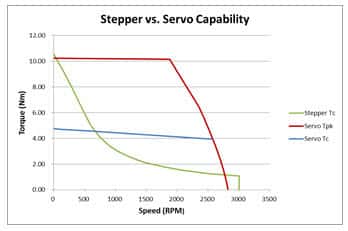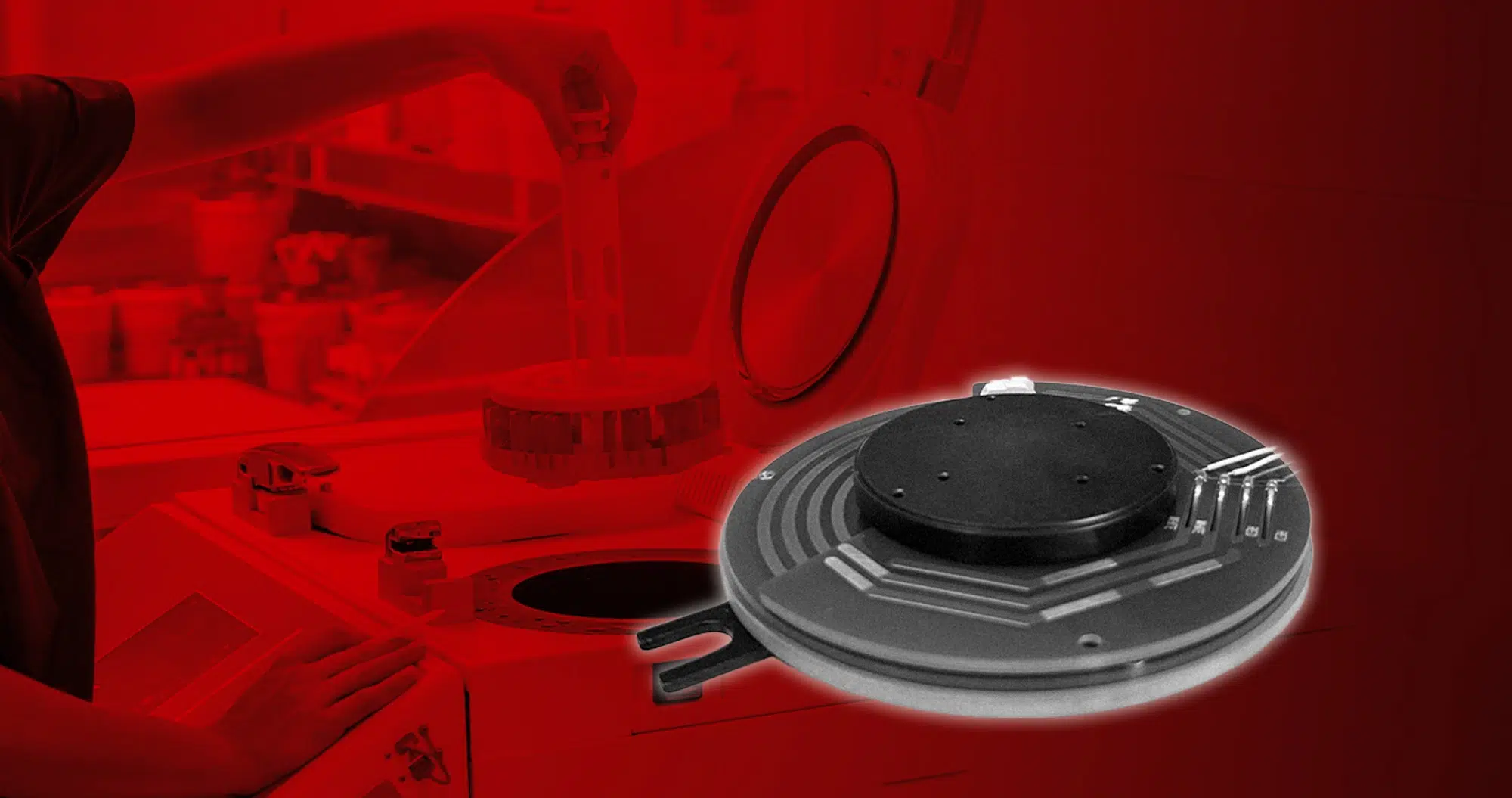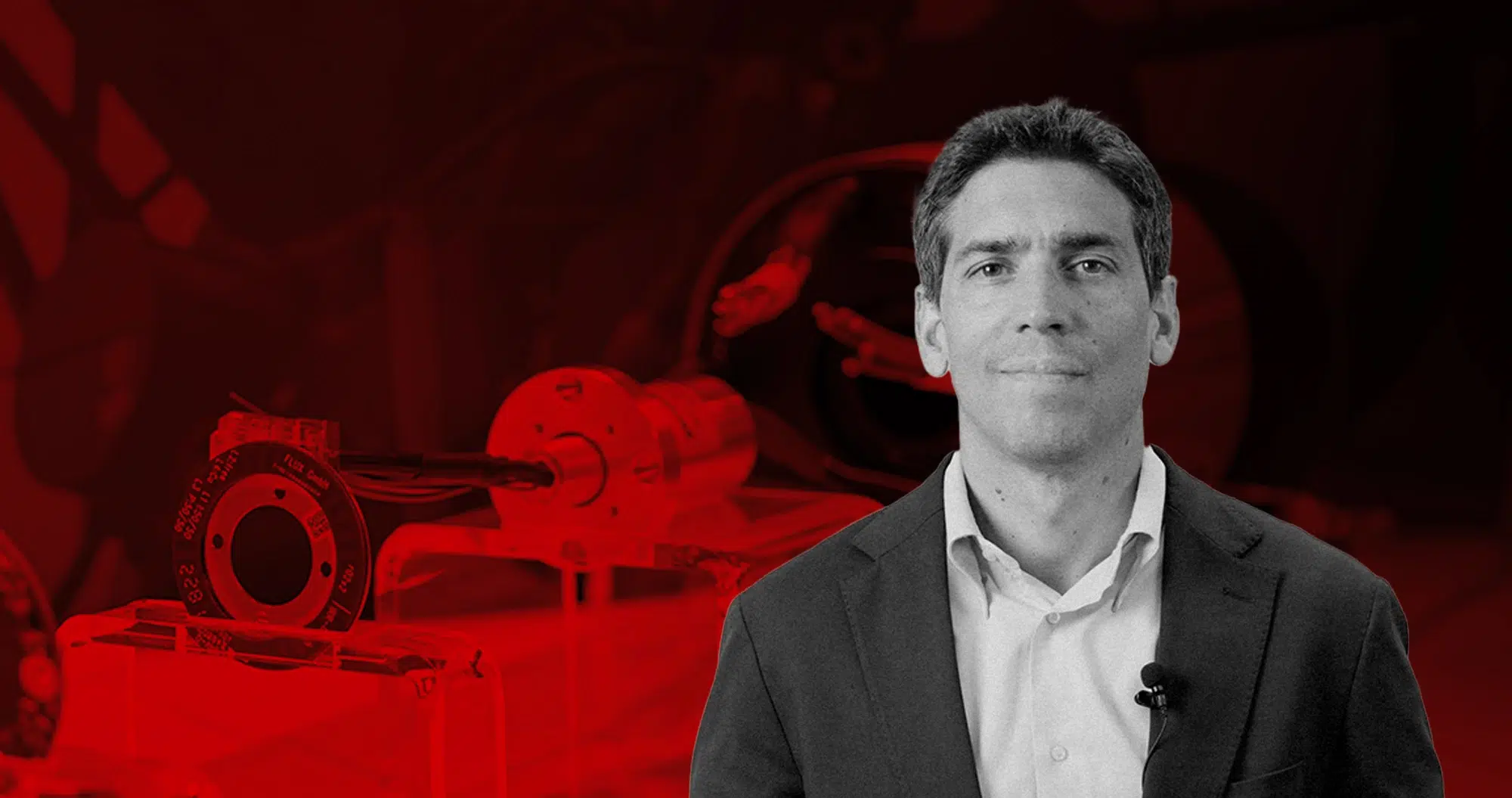The speed limit for a stepper motor is essentially a maximum speed that the user sets and that the motor cannot exceed.What is its function?It is […]

The speed limit for a stepper motor is essentially a maximum speed that the user sets and that the motor cannot exceed.
What is its function?
It is useful mainly because, at a certain speed, stepper motors reach resonant frequencies and may vibrate. The vibrations could make the motor unstable and cause positioning inaccuracies. This condition could also result in a loss of torque, in some cases quite rapidly.
Other factors affect the torque of a stepper motor. At low speeds, the torque of a stepper motor varies following the current. At high speeds, however, it decreases more or less rapidly depending on various factors, such as the inductance of the windings and the drive circuits, including its voltage.
Setting a speed limit prevents the motor from stalling, a condition that occurs because as speed increases, torque decreases in a stepper motor. Speed limits can be set in the drive or motor controller.

The graph shows the performance of a stepper motor and two types of servo motors. Note the high torque of the stepper motor at relatively low speeds and its rapid decrease as speed increases. (Image by Kollmorgen)


